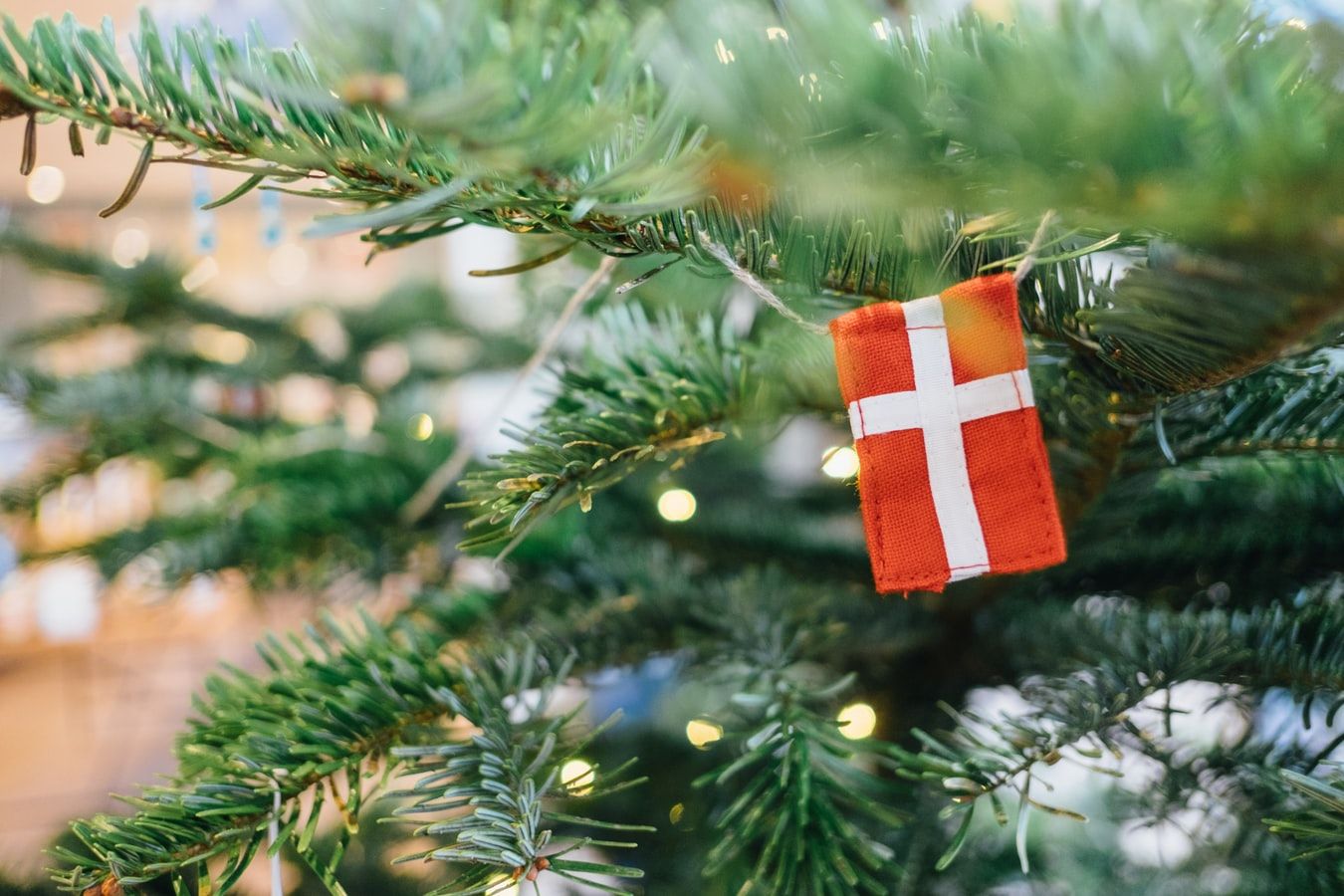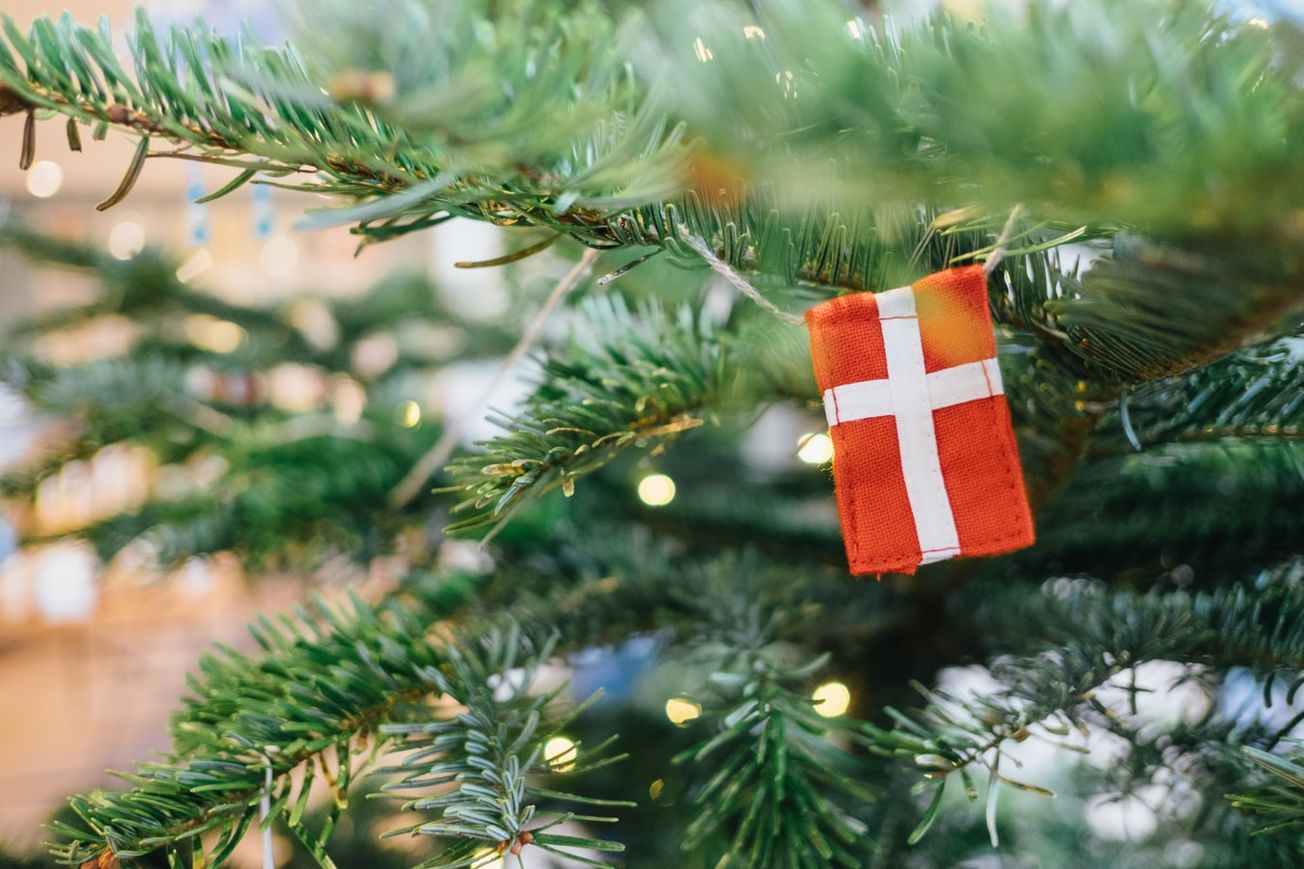By Xander Brett, Second Year, History of Art and French
The Croft Magazine // Each family has their established Christmas traditions, but it can be nice to diversify from time to time. With a wave of Scandi trends hitting the UK, and the student scene, why not take some Nordic inspiration this Christmas?
Norway
Christmas wasn’t celebrated in Norway until as late as 1100, when the country was Christianised. Nowadays, Norwegian Christmas closely resembles the festivities in the other Scandinavian countries, but some traditions remain unique. These include leaving a sheaf of wheat out for the birds during Advent, and a bowl of porridge for Nisse on Christmas Eve to guard the farm animals. Carol singing is popular and children often dress up as characters from the Nativity to travel from house to house.
An array of cakes and biscuits are made during Advent – one of Norway’s most popular being the Julekake, combining raisins, candied peel and cardamom. Porridge is eaten at lunchtime, served with butter, sugar and cinnamon. Christmas Eve dinner usually consists of pork or mutton ribs served with surkål (finely chopped cabbage with caraway seeds) and potatoes.
After dinner, presents are exchanged, and the next morning more presents are found under the tree, given by Julenissen (Father Christmas) or nissen (small gnomes) … occasionally both.
Denmark
Danes love getting stuck into Julekalender, an annual television series with one episode shown each week in the run up to Christmas Day. Typically, one character tries to ruin Christmas until the others step in last minute to save the day. Broadcasters DR and TV2 also produce Advent calendars to accompany the programme, corresponding with the events of each episode.
As in most of Europe, Danes have their main celebration on Christmas Eve. At 4pm that evening church services are held so neighbours can come together, exchange Christmas wishes and listen to the Christmas sermon. Families unite at 6pm for the Christmas feast – usually roast duck, goose or pork, served with boiled or sweet potatoes, beetroot and cranberry sauce. For pudding, in a tradition repeated on New Year’s Eve, Danes eat risalamande (rice pudding with almonds).

All but one of the almonds have been ground, so the lucky finder of a whole almond is awarded a marzipan pig and will be blessed with good luck for the next year. After the feast, the candles on the Christmas tree decorated with Danish flags are lit, and the family dance round it singing carols.
Sweden
Perhaps the most internationally recognisable Scandinavian Christmas convention is the St Lucia festival, held each year on the 13th December. Saint Lucia was a young girl martyred in 304 for bringing food to persecuted Christians in Rome’s catacombs, attaching candles to her head so she could have both hands free to carry things. 13th December was chosen as her saint day in Sweden as it coincided with the Winter Solstice, a pagan festival of lights.
Schools across Sweden select a ‘Lucia’ to process through the local church wearing a crown of candles attached to lingonberry branches. A national ‘Lucia’ is also chosen, whose job it is to visit hospitals and old people’s homes handing out pepparkakor (ginger biscuits). Lucia buns (made with saffron and dotted with raisins) are also very popular.
Christmas Eve is when Swedes have their main Christmas feast. Unlike most other countries, however, Swedes eat their Julbord buffet at lunchtime: herring, turkey, julskinka (Christmas ham), meatballs, jellied pigs’ feet and grytan (bread dipped in the juices of the roast turkey) are eaten, then washed down with glögg (mulled wine). Christmas Eve is also when presents are exchanged, with Christmas Day reserved for church and the King’s address to the nation. There is also a special episode of Donald Duck: Kalle Anka och hans vänner önskar god jul (Donald Duck and His Friends Wish You a Happy Christmas) watched by the entire country.
Many families make straw goats to guard their Christmas trees. In the city of Gävle a thirteen-metre goat is erected to guard the municipal tree, though it’s a target for vandals and since 1966 has only made it to Christmas Day twelve times.
But surely the best thing about Christmas in Sweden is that the festive period doesn’t officially end until 13th January … one month after St Lucia’s Day and twenty days after Christmas Day itself ... Jealous?
Featured Image: Visit Denmark









